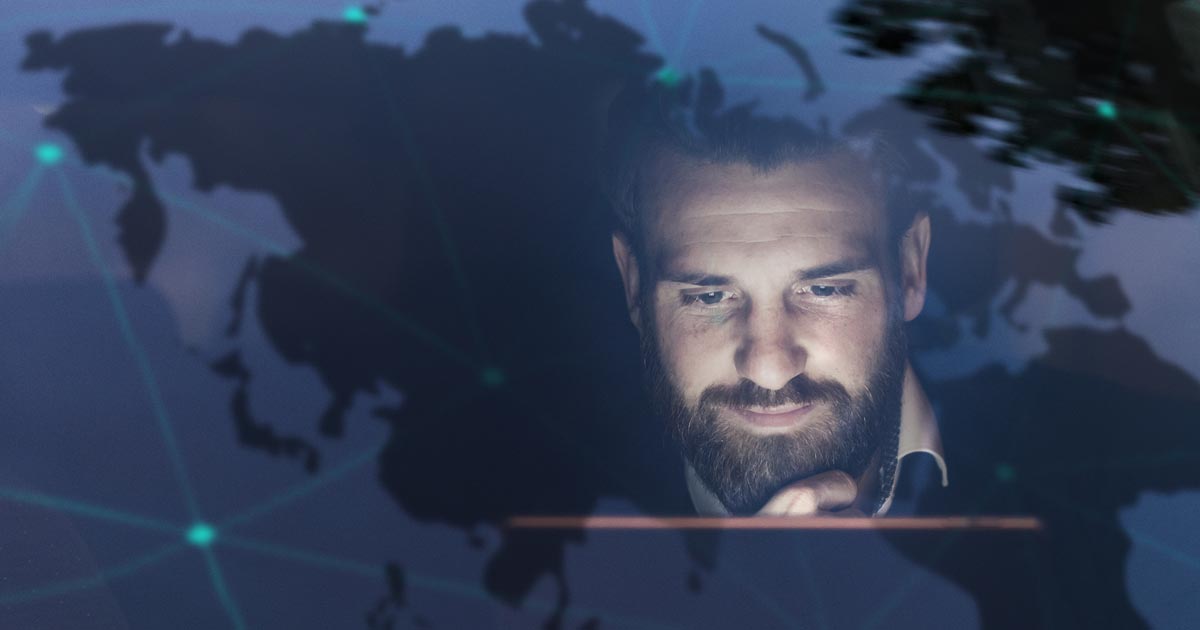The current "Tech Trend Radar" from ERGO and Munich Re covers 44 trends in five topic areas, which we would like to take a closer look at here on //next in a series. We started with our detailed analysis of "Wellbeing", now we turn to "Hyperconnectivity": What is this trend field all about - and which individual trends - apart from the metaverse - are hidden behind it?

The "Tech Trends Radar 2022" defines "hyperconnectivity" as a collective term for the most diverse manifestations of network and infrastructure technologies. "It also includes technologies that bridge the gap between the physical and digital worlds," adds Martin Thormählen of Munich Re, one of the two project leaders behind this year's radar. You can read a detailed interview with him and his colleague Daniel Grothues from ERGO here.
Thormählen cites the metaverse - a completely virtual world accessible via virtual reality glasses - as the most dynamic trend in this trend field. As we have already outlined on //next, there is not yet a single metaverse, but several virtual worlds from different providers are developing in parallel. Insurers should also keep a very close eye on the development of these virtual worlds in view of their enormous market potential. You can read more about why in this article.
But what actually constitutes the "hyper" in "hyperconnectivity"? "We are talking about an extended form of connectivity that connects different systems, devices and organisations - for example through a data fabric infrastructure (more on this trend below) - and that offers more bandwidth and speed, such as the current 5G mobile standard or even 6G in the future," explains study author Daniel Grothues from ERGO. "Hyperconnectivity" is thus an important prerequisite for the development of digital infrastructures.
Details on the six trends in the trend field "Hyperconnectivity" can be found below, but first let's remember: The study divides all trends into the four different maturity levels:
But which recommendation applies to what?
According to the "Tech Trend Radar 2022", insurers should implement the following three trends vigorously:
... we take a look at the trend field "Data & AI": Which eleven trends are hidden behind it - and which applications are already in use?
Text: Ingo Schenk
Find the German version of this article here: Hyperconnectivity: Mehr als nur das Metaverse
Most popular